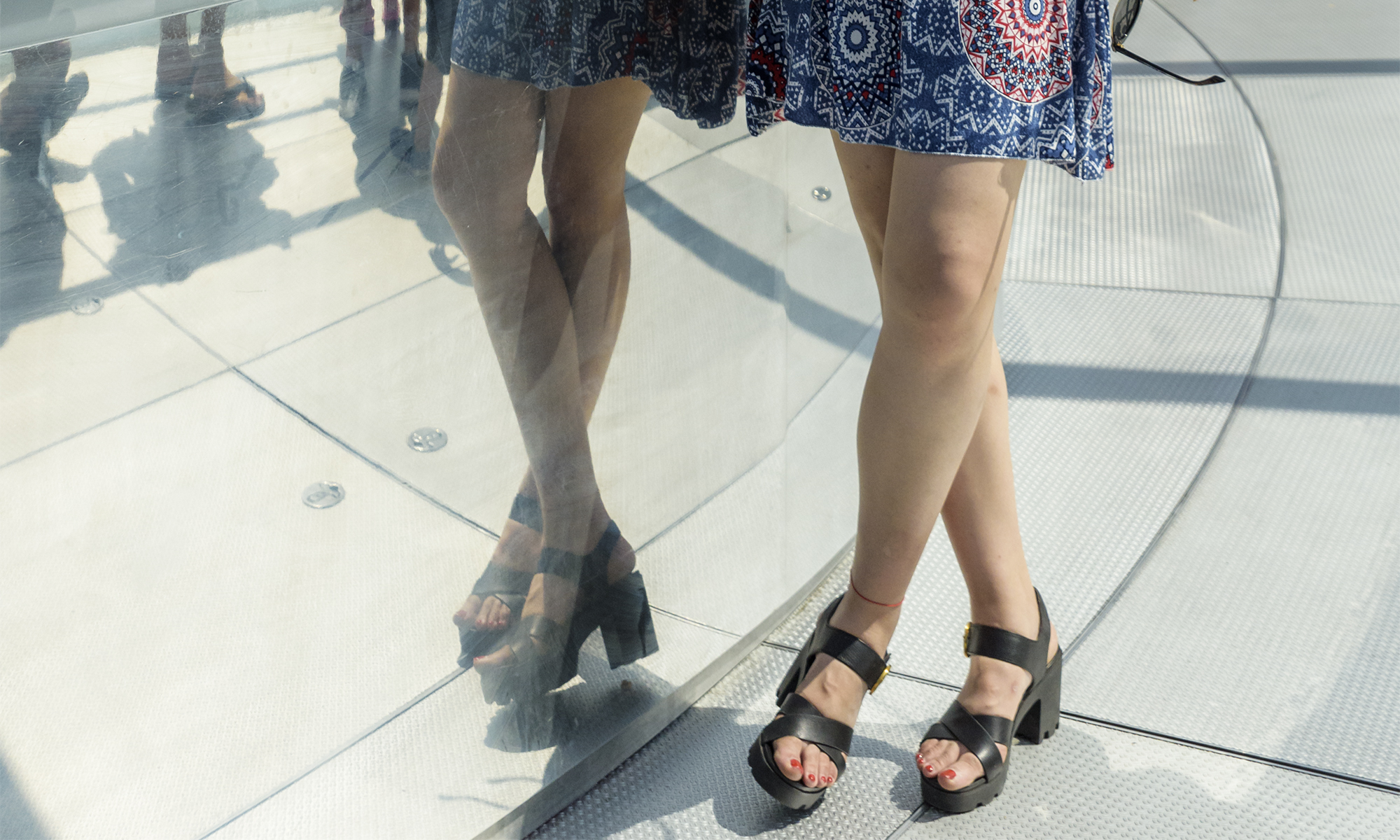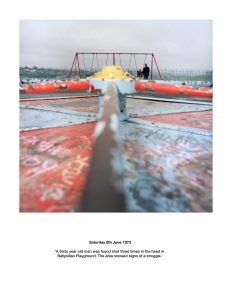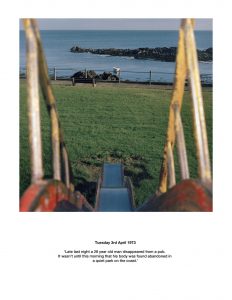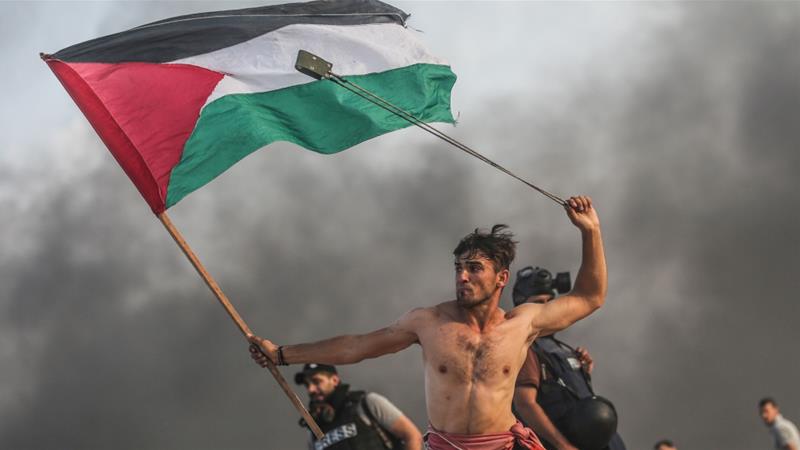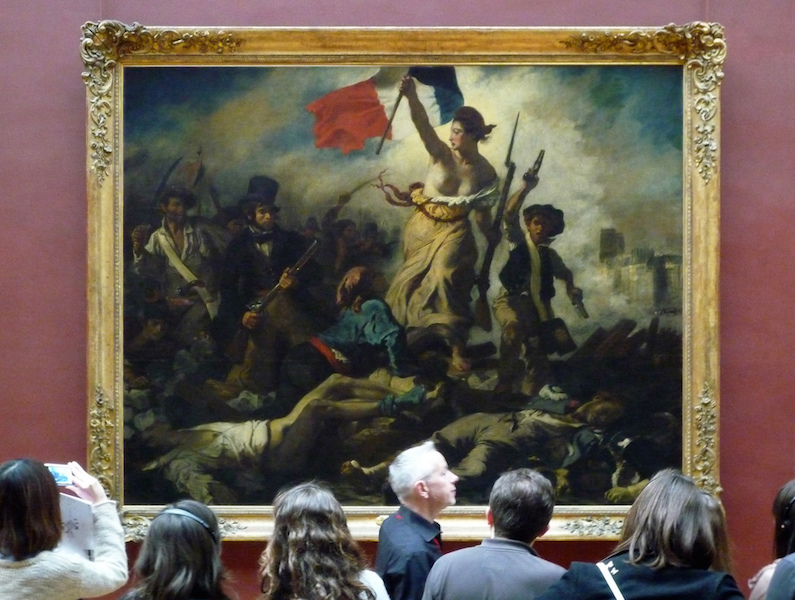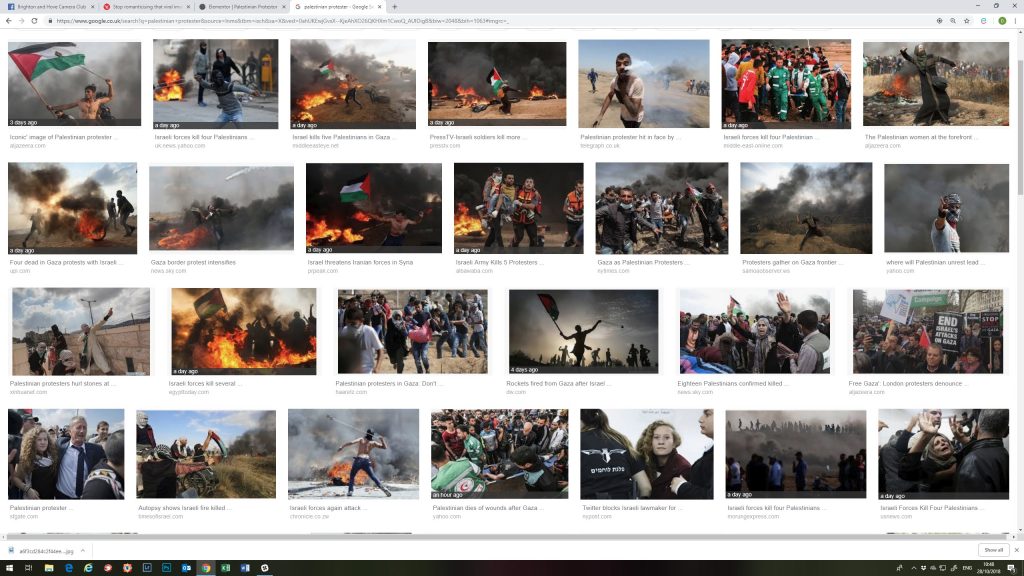Sarah Pickering – Public Order
Exercise
Look at some more images from this series on the artist’s website.
• How do Pickering’s images make you feel?
• Is Public Order an effective use of documentary or is it misleading?
Make some notes in your learning log.
resources used to complete this exercise:
http://www.sarahpickering.co.uk/Works/Pulic-Order/workpg-01.html [accessed 18.11.2018]
https://www.tate.org.uk/art/art-terms/d/documentary-photography [accessed 18/11/2018

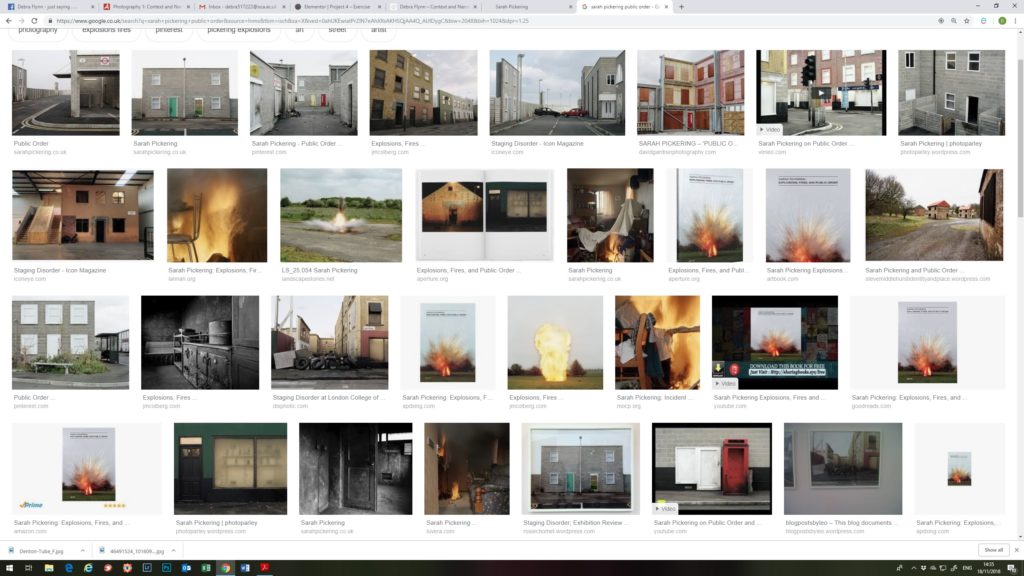
how do these images make me feel?:
Well I think they are a bit unsettling. At first glance they looked ‘not quite right’ but as I looked at the them it is obvious that they are fake. Then I became interested in looking at the marks on the walls and wondering what scenario was being played out in the exercises being played out there
The images work well together and you get a real sense of the story, but individually I don’t think they say much.
Is Public Order an effective use of documentary or is it misleading?:
The Tate website describes ‘Documentary Photography as:
“Documentary photography is a style of photography that provides a straightforward and accurate representation of people, places, objects and events, and is often used in reportage”
At first I wasn’t sure this is documentary photography, but I suppose that if you take the images as their reality and not the set they are portraying then it could be. with no action actually taking place, you are left to imagine what might happen here and therefore, I think it’s a bit misleading
